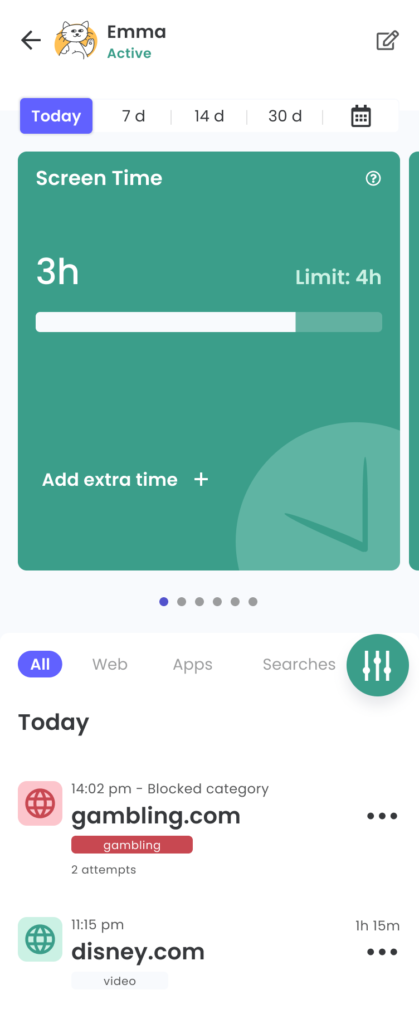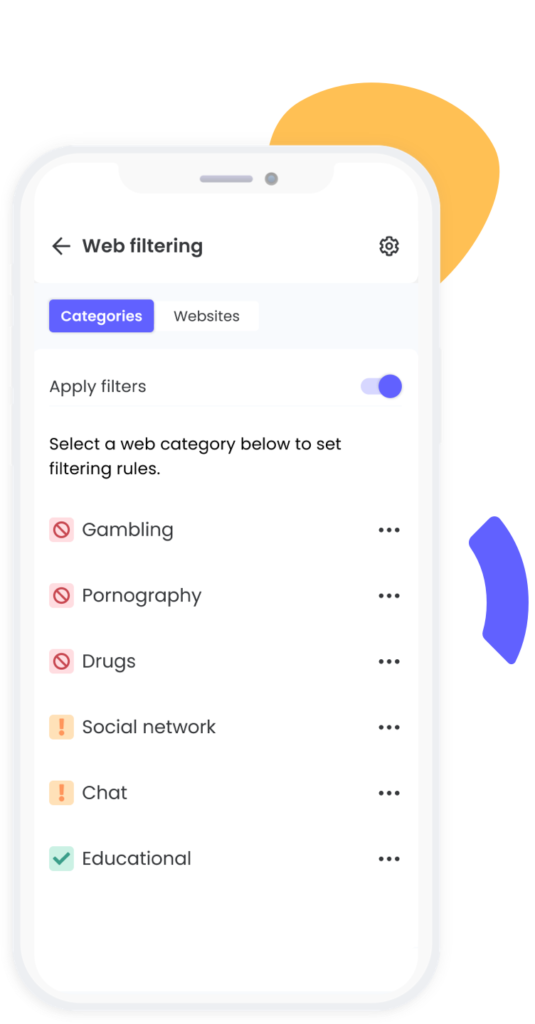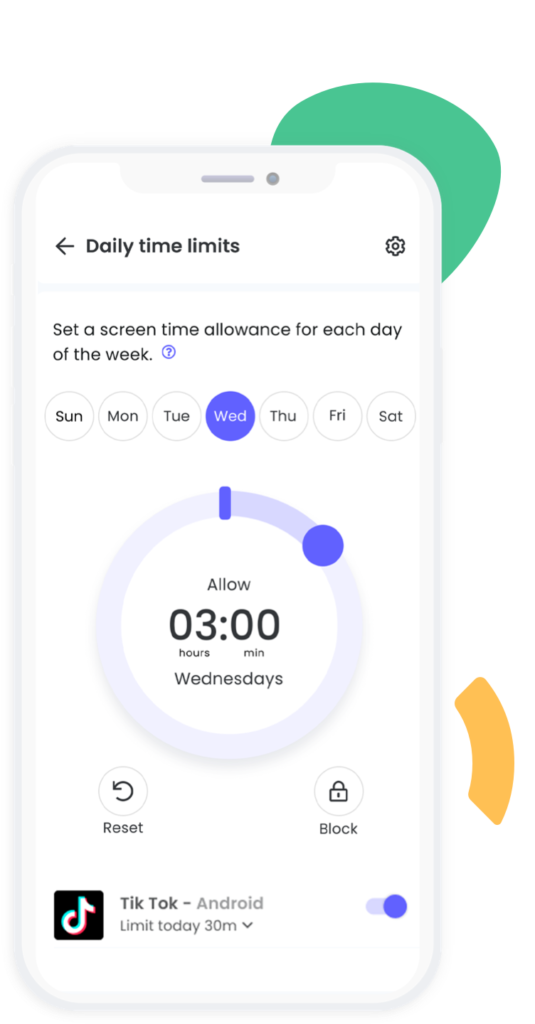
In an era where digital connectivity defines daily life, children are more immersed in online platform chatting for kids and other online platforms than ever before. With the proliferation of social media, messaging apps, and gaming communities, the internet offers vast opportunities but also presents significant risks. Children are increasingly vulnerable to online predators, cyberbullying, and other digital threats. This heightened exposure demands a proactive and informed approach from parents. To effectively monitor and protect your child’s online interactions, it is crucial to blend technology with open communication and education. This guide provides a critical framework for ensuring your child’s online safety while fostering a supportive and transparent relationship.
Family safety apps are your first line of defense. These tools offer a comprehensive way to keep an eye on your child’s digital interactions. They allow you to track their location, monitor app usage, and filter out inappropriate content. For instance, Qustodio offers robust monitoring features, including real-time alerts and content filtering. By utilizing these apps, you can monitor kids’ online communication and ensure they use kid-friendly messaging platforms safely.
Integrating these apps into your daily routine can provide a clearer picture of your child’s online world. Regularly reviewing the reports and alerts they generate ensures you stay informed about who your child is interacting with and what they are exposed to.



In addition to family safety apps, network monitoring tools offer another layer of oversight. These tools help you manage and monitor internet usage across your home network. Investing in a parental control router can be incredibly effective. These routers let you set restrictions on internet access for specific devices and times, which helps control what your child can see online and when. Network monitoring software is another option. It tracks browsing history and app usage, giving you a comprehensive view of internet activity. By regularly checking the data provided by these tools, you can spot unusual patterns or potential issues, allowing you to address them promptly.
Moreover, network monitoring tools help with safe chat apps for kids by allowing you to review their messaging and social interactions. This ensures that your child’s communication remains within safe and acceptable boundaries.
While technology is essential for monitoring, fostering open communication with your child is equally important. Establishing a trusting relationship where your child feels comfortable discussing their online experiences is crucial. Regularly engage in conversations about their digital life, asking open-ended questions about who they are talking to and what they are doing online. This not only helps you stay informed but also shows your child that you are genuinely interested in their well-being.
Encouraging your child to share their online interactions without fear of judgment helps build a supportive environment. When children feel safe discussing their online experiences with you, they are more likely to come to you with any concerns or issues they encounter, including those related to cyberbullying.
Balancing monitoring with respect for your child’s privacy is key. Excessive monitoring can lead to tension and secrecy, undermining the trust between you and your child. Instead, aim for a balanced approach that combines oversight with respect for their autonomy. Privacy is an important aspect of maintaining a healthy parent-child relationship. While it’s essential to stay informed about your child’s online activities, it’s equally important to avoid overstepping boundaries. Make sure your monitoring practices are transparent and proportionate to the risks involved.
Educating your child about online safety and responsible behavior is an ongoing process. Equip them with the knowledge to recognize potential dangers and understand how to protect themselves. Discuss topics like privacy settings, recognizing phishing attempts, and the importance of not sharing personal information with strangers. This education is vital for ensuring their safety on online platforms and in chat environments.
By empowering your child with this knowledge, you help them navigate the digital world more safely and responsibly. Open discussions about online risks and safe practices reinforce the importance of digital citizenship and encourage your child to make informed decisions. This is crucial for protecting child privacy in online chat and preventing cyberbullying.
Safeguarding your child’s online interactions requires a blend of technology, communication, and education. Family safety apps and network monitoring tools provide essential oversight, but they should be complemented by open and trusting dialogue. Strive for a balanced approach that respects your child’s privacy while ensuring their safety. By fostering a supportive environment and continuously educating your child, you can effectively guide them through the complexities of the online world, helping them stay safe and informed.


